Foothold in India is back!

After countless bugs, crashes and a lot of hard work, I'm happy to finally release the 1.4 update!
It includes ambitious overhauls for Persia and Afghanistan as well as numerous smaller changes.
The Sunni-Shia split
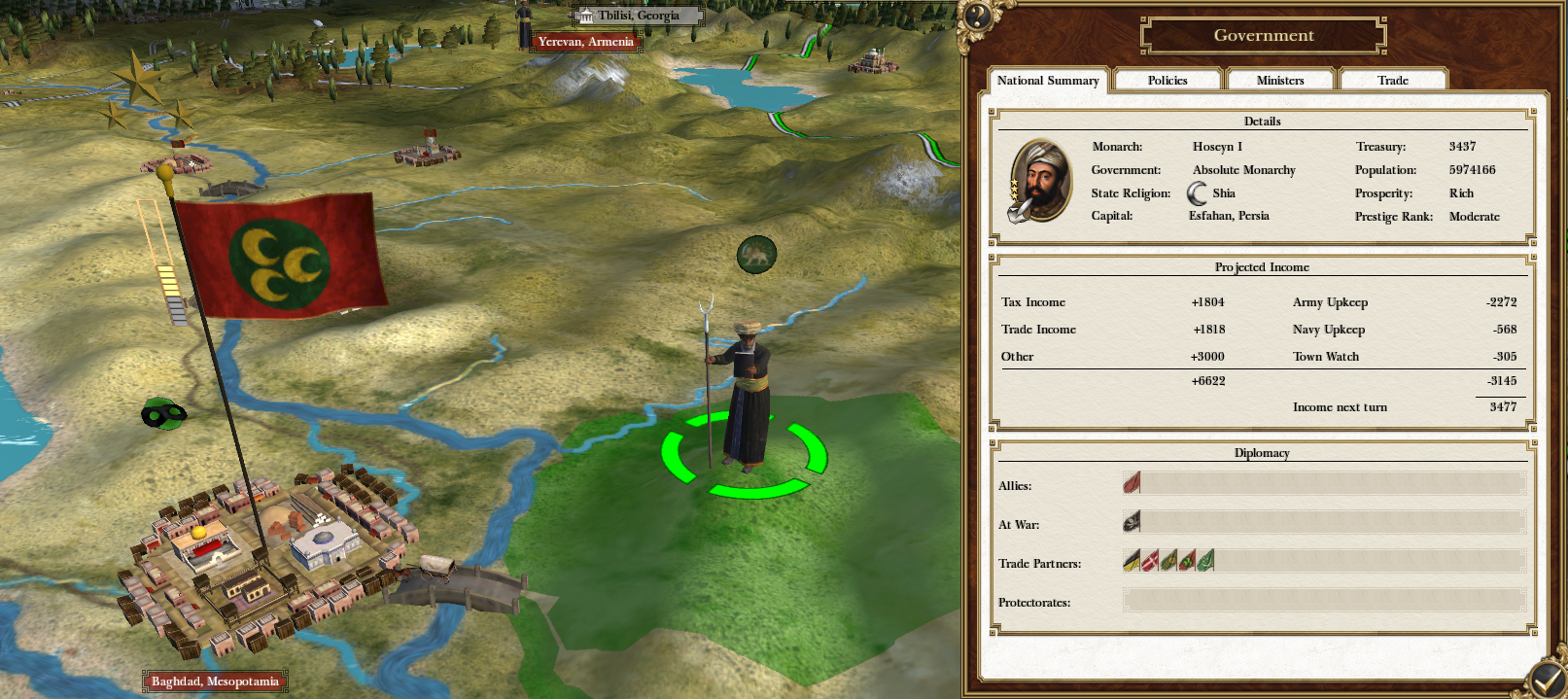
Persia and Mamluk States now belong to Shia branch of Islam, while all the other Islamic factions in the campaign belong to Sunni. Due to the game's design limitations, there is a limited number of types of missionaries that can use conversion skills. It made the task non-trivial, and I had to come up with a smart workaround, remaking the Native American Shaman into a Sunni missionary for the Great Game Campaigns - in the grand campaign, as opposed to Warpath, the Native American factions can not spawn shamans anyway. This worked like a charm, and allows you to spread Shia faith, while playing Persia or Mamluk States.
Sunni and Shia denominations have similar penalties when it comes to negotiating with non-Islamic factions. However, they do not like each other, which makes Persia and Mamluk States more troublesome to deal with for the sorrounding Sunni rulers.
The succession to Muhammad is the central issue that split the Muslim community into several divisions in the first century of Islamic history, with the most prominent among these sects being the Shia and Sunni branches of Islam. Sunni Islam maintains that Abu Bakr was the legitimate successor to Muhammad on the basis of election. Shia Islam holds that Ali ibn Abi Talib was the designated successor to the Islamic prophet Muhammad.
New Persian and Afghani roster
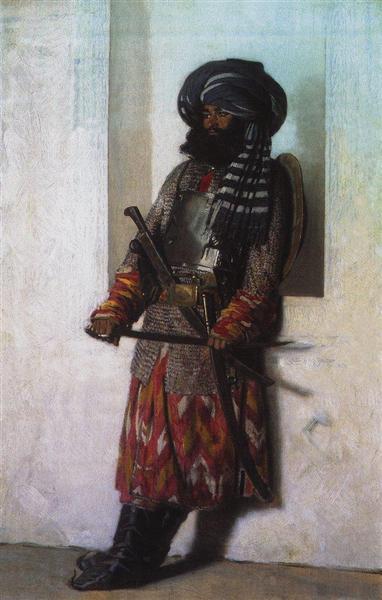
Thanks to the invaluable historical consulting from Mersechal, I was able to give a serious overhaul to Persian and Afghani unit rosters.
Rather than being a poor Mughal copy, Persia is now a force to be reckoned with: a major faction with a varied and unique roster of old-fashioned sword and musket wielding troops with a focus on long-range combat and shock cavalry charges.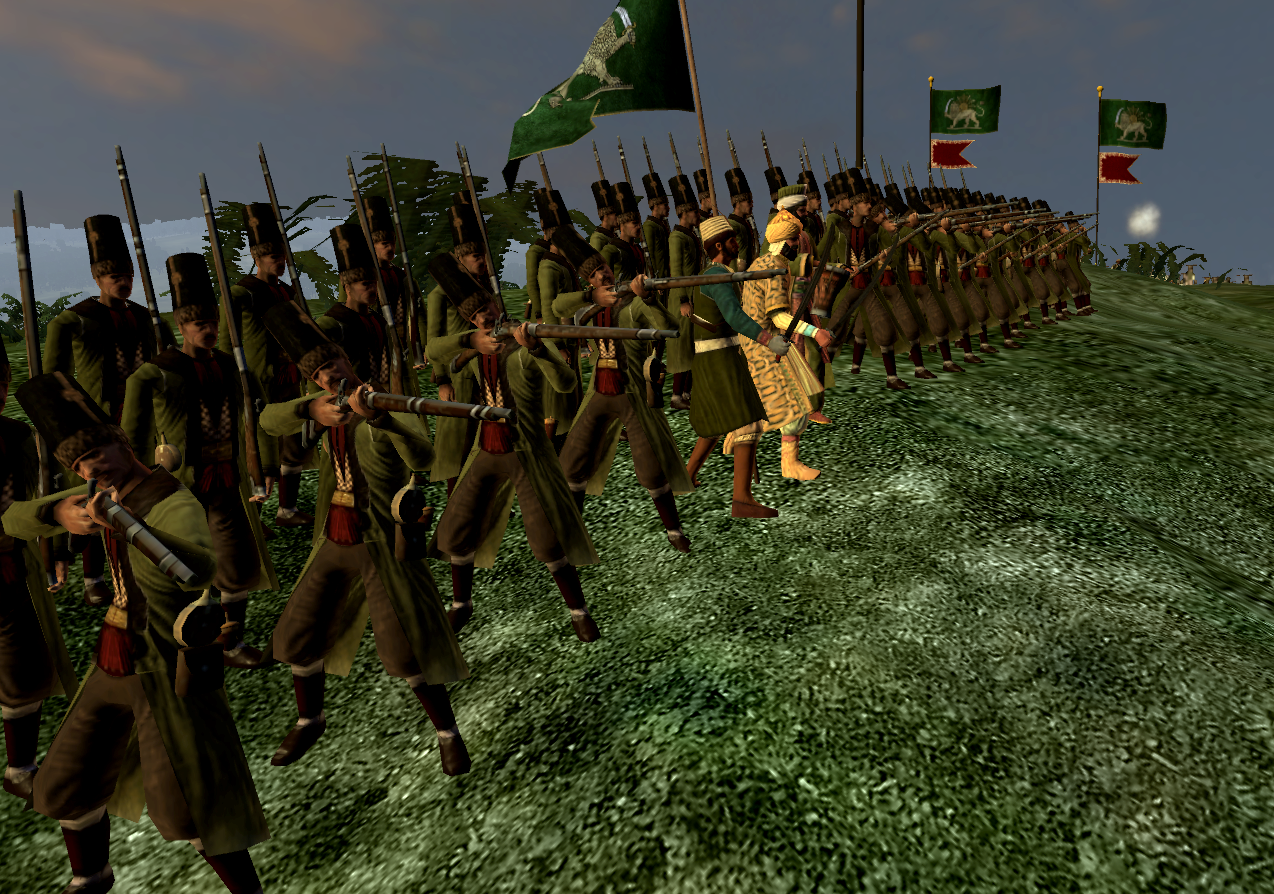
The heart of a mid-to late Persian army are Jazayerchis - an elite long-ranged infantry unit that is comparable to Ottoman Janissaries. Created as a product of Nader Shah's military reforms, they became the core of Afsharid's operations.
The jazāyerchi were the elite of Nader's infantry musketeers. The Jazāyer, a flintlock musket, used by these infantrymen was of a much heavier calibre than their European counterparts and consequently had a greater range as well as improved accuracy (the average European musket weighed around 5 kilograms and fired a shot only 18 millimetres in diameter, whereas the jazāyer weighed almost 18 kilograms and fired a shot 24 millimetres in diameter).
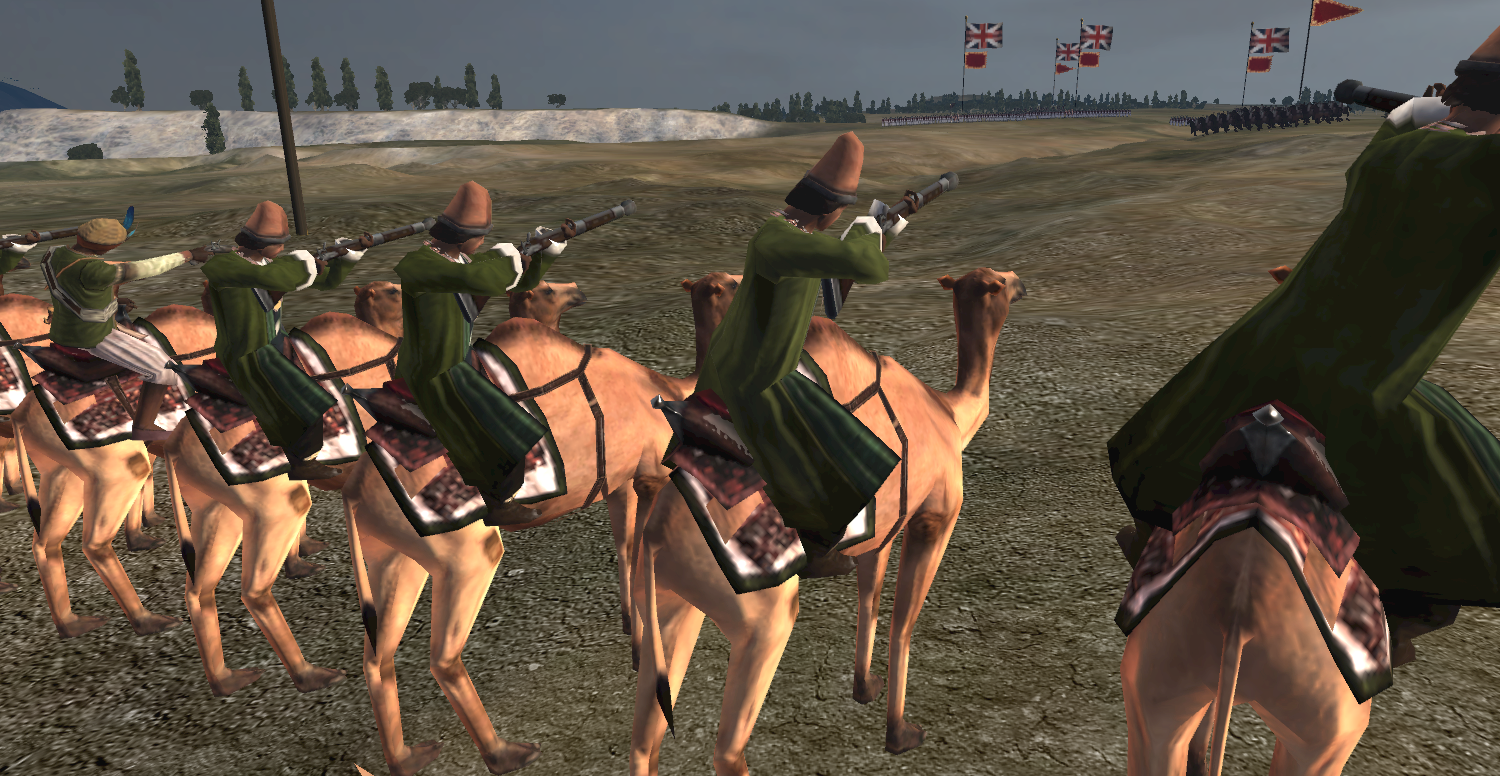
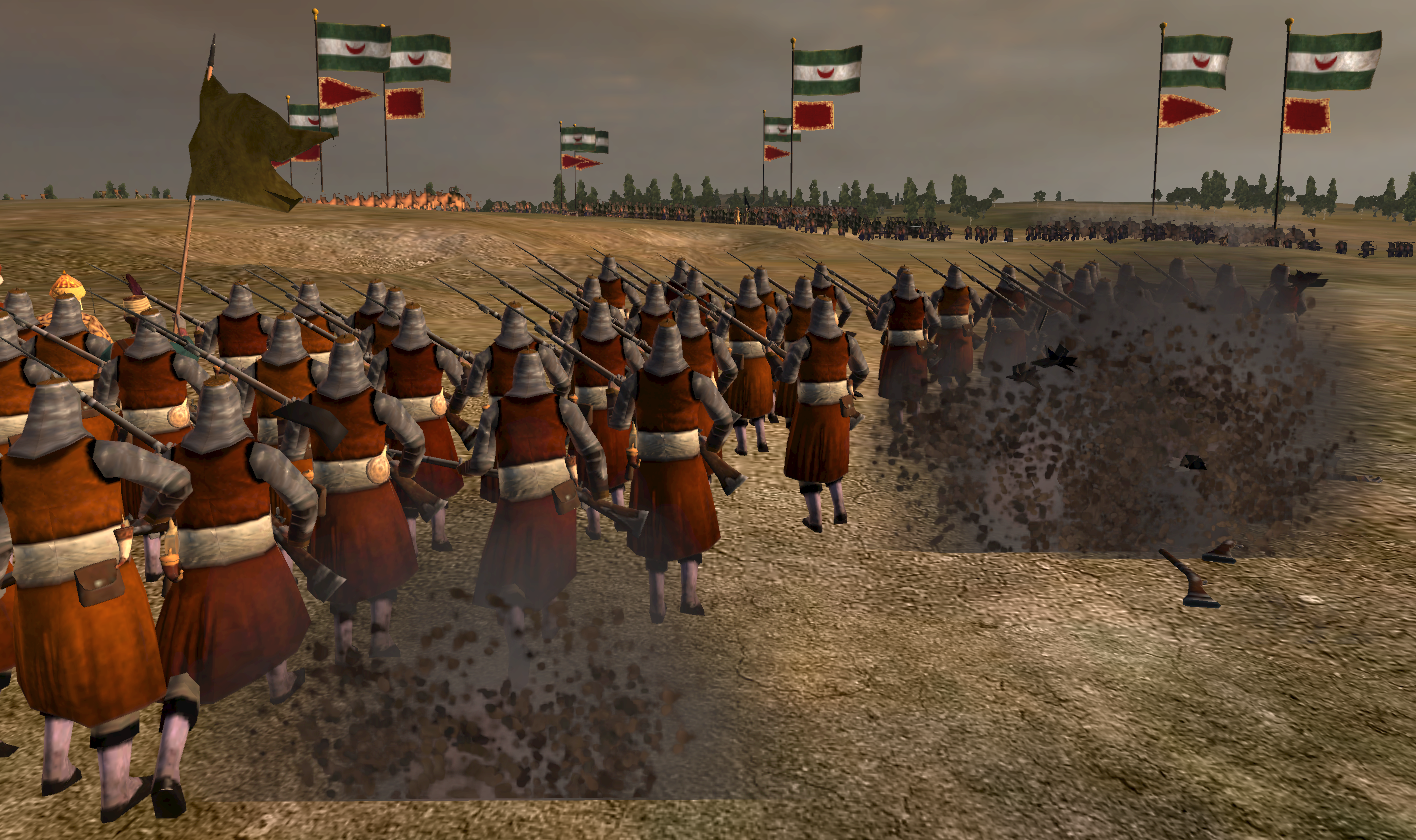
Some other notable units include Zamburak camel cannoniers and Pashtun Jezail Gunners, which can be hired in Afghanistan and Baluchistan after researching Jezails.
During this period, the jezail was the primary weapon used by the Pashtuns and was used with great effect during the First Anglo-Afghan War. British Brown Bess smoothbore muskets were effective at no more than 150 yards, and unable to be consistently accurate beyond 50 yards. Because of their advantage in range, Pashtun marksmen typically used the jezail from the tops of cliffs along valleys and defiles during ambushes. This tactic repeatedly inflicted heavy casualties on the British during their 1842 retreat from Kabul to Jalalabad.

The Afghan armies are mostly the same as Persian with some of the heavier infantry and cavalry removed. A player choosing to lead the Durrani Empire will have to rely on his extremely long-ranged Pashtun riflemen and the capable Shamsherbaz Islamic swordsmen, mirroring to an extent the tactics used by Georgia and Dagestan in the Caucasus.
Late campaign overhaul and other changes
1783 The Great Campaign now has admiralties in Tunis and Denmark and received a diplomacy overhaul as well as many other small changes and fixes, just like the 1700 campaign. Balancing it out will require some time, however, in my opinion, the current state is already a huge improvement.
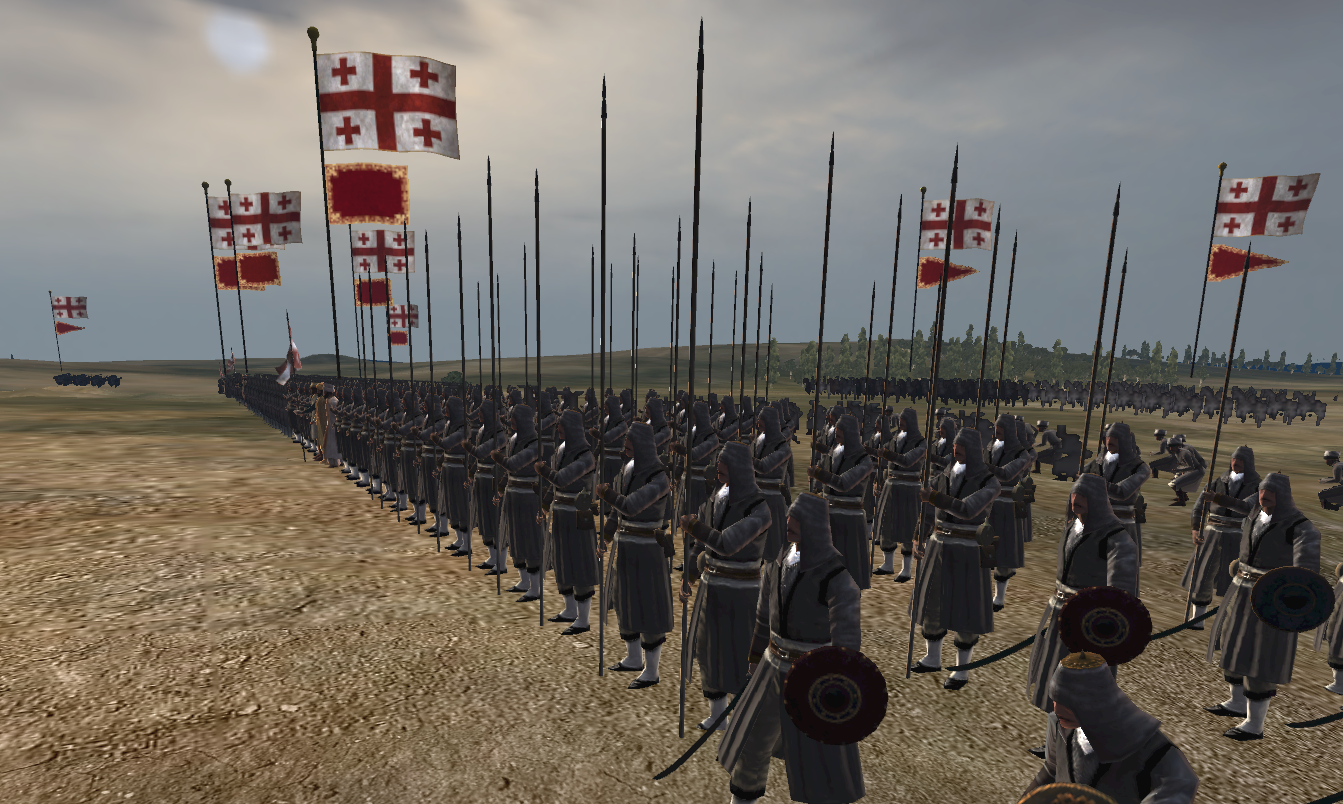
Aside from the aforementioned changes, the Mamluk States and the Caucasus received a couple new units, some vanilla oversights were fixed [such as some Eastern cannons lacking heat fatigue resistance] and many other small changes and improvements have been made, too numerous to mention.
Even the credits sections is changed, with 4 new pages dedicated to the people, without whom the project would never come to life!
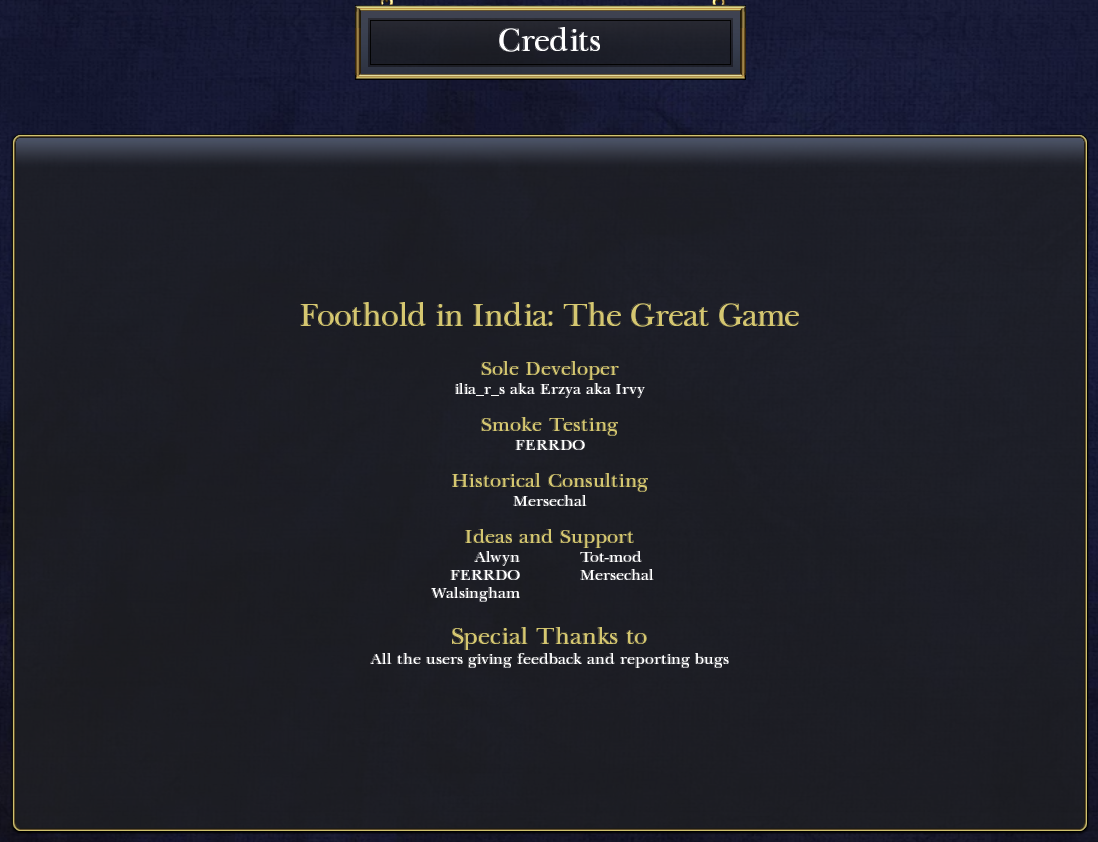
Below you can find the complete list of changes attached. And, as always, have an enjoyable game!
DOWNLOAD
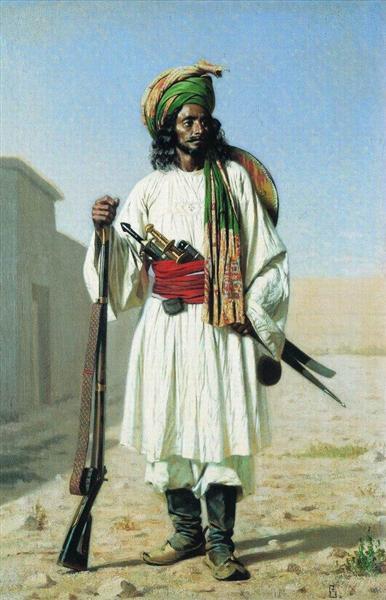
Detailed changelog
- Added admiralties in Denmark and Tunis in tgg_campaign_late.
- Algiers and Tunis now spawn a Barabary States stack rather than a generic rebel stack when they rebel in tgg_campaign_late.
- Baluchistan now spawns an Afghanistan stack rather than a generic rebel stack when it rebels in tgg_campaign_early and tgg_campaign_late.
- Readjusted diplomatic relationships in tgg_campaign_late and [to a smaller extent] in tgg_campaign_early.
- Added victory conditions for German factions.
- Persia now has a School in Qom in tgg_campaign_early.
- tgg_loc is now campaign specific and is included into tgg_base and into campaign `.pack`-s.
- Georgia can now recruit Sadrosho Pikemen if you apply tgg_unitpack_caucasus or tgg_unitpack_caucasus_for_guest.
- Dagestan can now recruit Dervishes if you apply tgg_unitpack_caucasus or tgg_unitpack_caucasus_for_guest.
- Dervishes are now cheaper and can now be recruited globally if you apply tgg_unitpack_india.
- Indian factions and Persia acquire access to Zamburak Camel Gunners artillery in custom battles if you apply tgg_unitpack_india and in campaign if you apply tgg_unitpack_zamburaks: I consider this unit experimental for campaign usage, so it is up to you to decide whether you wish to have it. To deactivate, append the `.bak` extension.
- Added Jazayerchis elite infantry for Persia, Pashtun Jezail Gunners for Persia and Afghanistan and Jezails military technology to Afghanistan and Persia in tgg_unitpack_india.
- Added researched Jezails in tgg_campaign_late for Afghanistan and Persia.
- Added an optional tgg_unitpack_indian_horse_generals pack replacing Indian General's Bodyguard elephants with horses.
- Persia and Mameluks State are now Shia in tgg_campaign_early and tgg_campaign_late, while the other Islamic states are Sunni. Both Shia and Sunni have diplomatic and conversion penalties similar to vanilla Islam, but are on bad terms with each other. This should make Persia and Mameluks more troublesome.
- Added two new projectile tracers removal packs: tgg_misc_tracers_less and tgg_misc_tracers_none.
- Afghanistan (Durrani Empire) and Persia (Safavid Empire -> Afsharid Empire) now have dynasty-specific faction names in tgg_campaign_early and tgg_campaign_late.
- Separated tgg_patch_town_wealth from tgg_patch6.
- Removed "colonial" troops from custom battles, leaving only East India ones [colonial troops simply duplicate European rosters].
- Fixed unit and campaign agent voices.
- Persia and Mughals now have faction-specific heavy cavalry in tgg_unitpack_india. Persia and Afghanistan get Savars while Mughals, Mysore and Marathas get Sowars instead of Sipahis. Persia gets Qurchis instead of Ahadis. Persia and Afghanistan get Kurdish Swordsmen instead of Fellahin and Tofangchis [comparable to Isarelys] instead of Fellahin Musketeers.
- Mameluks States can now recruit Fellahin Swordsmen and Musketeers in tgg_unitpack_ottoman.
- Crimean Khanate can now recruit Mirza Cavalry comparable to Sipahis in tgg_unitpack_caucasus and tgg_unitpack_caucasus_for_guest.
- Fixed a vanilla oversight with some of the Eastern cannons lacking resistance to heat fatigue in tgg_patch6.
- Fixed Courland building churches of the wrong type in tgg_campaign_early and tgg_campaign_late.
- Made Saxony catholic in tgg_campaign_late.
- Slightly extended Crimean cavalry recruitment area.


why are the mamluks shia?
Hi Guest! Iraqi Mamluks were not a nation, but simply a dynasty of Mesopotamia rulers under the Ottoman protectorate. To be honest, I didn't find any information on to which branch of Islam they belonged. Since they were converted by the Ottomans, it would probably be logical to assume they were converted into sunni. But since there used to exist a shia majority in the area, and to make them more troublesome for the Ottomans to deal with, I thought it would be fun to introduce another shia state [aside from Iran] into the game En.wikipedia.org(Iraq)